AUSTRIA
Vienna

Vienna
Vienna
Vienna is the capital of Austria. It is the largest city in the country and one of Austria's nine states. Vienna is the seat of a number of offices of the United Nations and several international institutions and companies. It is also the seat of the UN Commission on International Trade Law. The city, which is made up of 23 districts, is the seat of the Roman Catholic Archdiocese. Vienna has a population of 1.7 million. In 2001 the center was designated a UNESCO World Heritage Site.
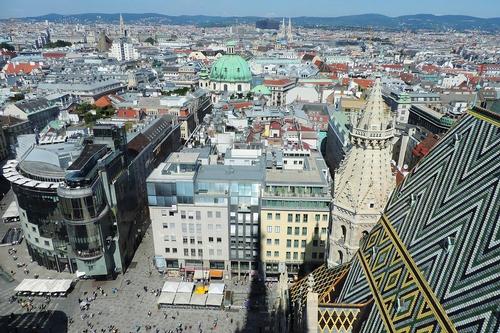 ViennaPhoto: Public domain
ViennaPhoto: Public domain
| advertisement |
| Hotels Vienna |
Location
Vienna is located in the southeast of Central Europe and covers a total area of 414.90 km², of which 395.51 km² is land and 19.39 km² is water. Vienna is located at 48.2° N latitude and 16.3° E longitude. Vienna is close to the border of the Czech Republic, Slovakia and Hungary.
Vienna
Vienna has warm summers with high average temperatures of 22 to 26 °C, with maximums above 30 °C and minimums around 15 °C. Winters are relatively cold with average temperatures around freezing. It snows regularly, especially from December to March. Spring and fall are generally mild. Precipitation occurs throughout the year, averaging 620 mm per year.
History
Vienna was founded around 500 BC. Vienna was originally a Celtic settlement. Around 15 years BC Vienna became a Roman border town with the function of guarding the Roman Empire against the Germanic tribes in the north.
In the 13th century, Vienna was under threat from the Mongol Empire. During the Middle Ages, Vienna was home to the Babenberg dynasty. In 1440 the Habsburg dynasty came to power. In the 16th and 17th centuries Vienna was under siege by the Ottoman armies (Siege of Vienna in 1529 and Battle of Vienna in 1683). At the very end of the 17th century, Vienna became a Baroque city, with leading Austrian and Italian architects shaping the expansion plans. Many large palaces were completed, such as the City Palace of Liechtenstein in 1705 and the Schwarzenberg in 1728, while the already existing Schönbrunn Palace was further enhanced.
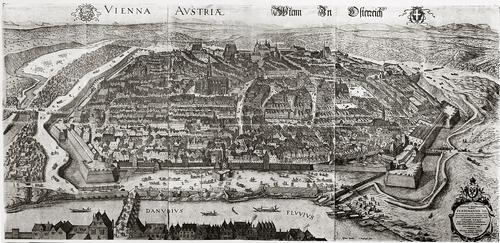 Vienna at the beginning of the 17th centuryPhoto: Public Domain
Vienna at the beginning of the 17th centuryPhoto: Public Domain
After the First World War, Vienna became the capital of the First Austrian Republic. Austria was merged with the German Third Reich on March 12, 1938 (Anschluss). After the war, Vienna was divided into sectors by four powers and administered by an Allied Commission. The Austrian State Treaty was signed in 1955. The Austrian State Treaty stipulated that modern Austria would not join NATO or the Soviet bloc.
Sights
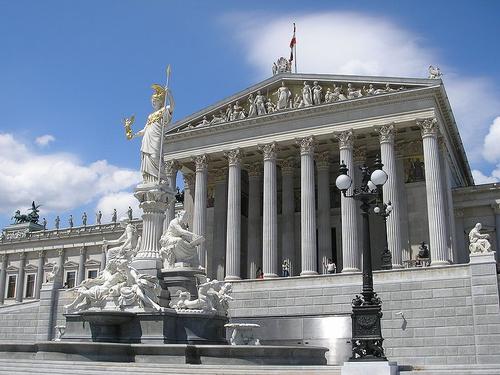 Vienna ParliamentPhoto: Gryffindor CC 3.0 Unported no changes made
Vienna ParliamentPhoto: Gryffindor CC 3.0 Unported no changes made
With its ancient monuments and architecture, Vienna has become a popular tourist destination. The city center, the Hofburg complex, the parliament, Belvedere castle, the State Opera, the city hall and St. Stephen's Cathedral are the main attractions in the city center.
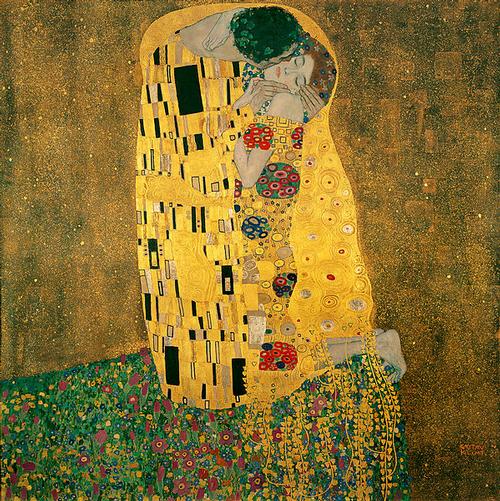 Gustav Klimt's kiss in the Belvedere in ViennaPhoto: Public Domain
Gustav Klimt's kiss in the Belvedere in ViennaPhoto: Public Domain
Belvedere Palace is located in the 3rd Landstrasse district and consists of two buildings. The above Belvedere with the Österreichische Galerie and the lower Belvedere. These two large palaces stand on either side of a beautifully landscaped garden and each building has a lot to offer, including the world famous painting 'The Kiss' by the local Austrian symbolist painter Gustav Klimt.
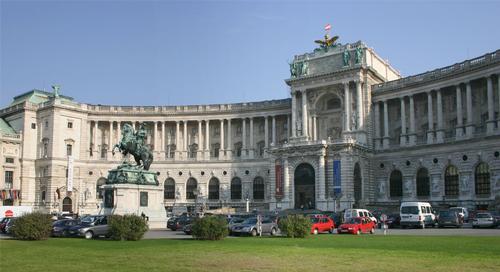 Hofburg ViennaPhoto: Peter Gerstbach CC 3.0 Unported no changes made
Hofburg ViennaPhoto: Peter Gerstbach CC 3.0 Unported no changes made
The Hofburg is a powerful symbol for Vienna. Once owned by the rich and powerful Habsburg family, the Hofburg has been used as the seat of the Austrian government for over 700 years. Over the years, the Hofburg has expanded and this has resulted in a mixture of different architectural styles. The Austrian president has his office here.
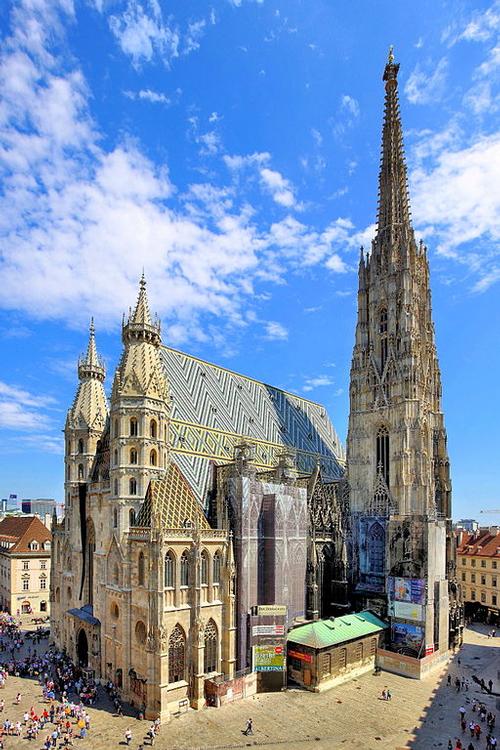 Stefansdom ViennaPhoto: Bwag CC 4.0 International no changes made
Stefansdom ViennaPhoto: Bwag CC 4.0 International no changes made
St. Stephen's Cathedral has long been one of Vienna's most important and impressive sights and stands proud in the city center. St. Stephen's Cathedral is a Gothic masterpiece and dates back to the mid-12th century. Highlights include the ornate roofs with a special pattern and a long pointed tower that towers 136 meters above the city and which largely defines the city's skyline.
The Albertina Museum has the most important graphic collection in the world. Gustav Klimt and Egon Schiele (many in the Leopold Museum) are the best known artists from Vienna.
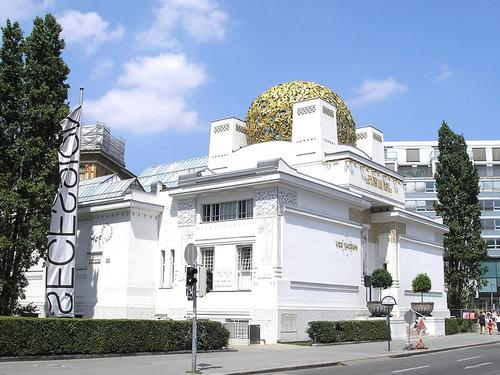 Vienna building of the SecessionPhoto: Gryffindor CC 3.0 Unported no changes made
Vienna building of the SecessionPhoto: Gryffindor CC 3.0 Unported no changes made
In 1897 a number of artists formed a new art association (Wiener Sezession). A highlight is the Beethoven Frieze, a virtuoso pictorial interpretation of the 9th Symphony. It was created by Gustav Klimt for the Beethoven Exhibition of 1902 and is on permanent display in the Secession building.
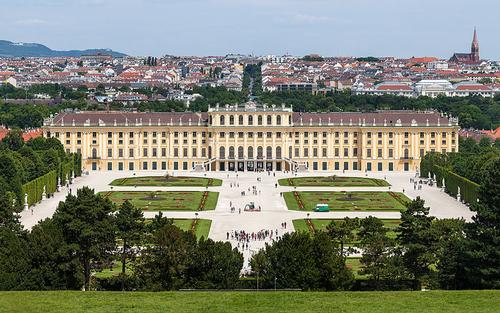 Vienna SchönbrunnPhoto: Thomas Wolf CC 3.0 Germany no changes made
Vienna SchönbrunnPhoto: Thomas Wolf CC 3.0 Germany no changes made
An important tourist attraction just outside the center is the imperial palace of Schönbrunn (Sissi). It takes at least half a day to take a tour of the 40 rooms that are open to the public. This grand palace includes luxury apartments and a large reception area. Many find the gardens of Schönbrunn Palace beautiful. Here you can see formal landscaping, a large maze and a tropical greenhouse (Palmenhaus).
Tips
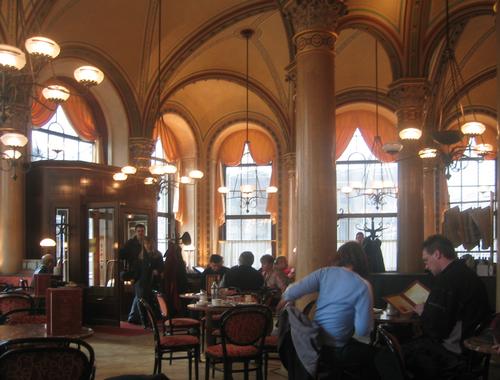 Cafe Central ViennaPhoto: Andreas Praefcke CC 3.0-licentie no changes made
Cafe Central ViennaPhoto: Andreas Praefcke CC 3.0-licentie no changes made
Viennese cafes have an extremely long and rich history and add color to Vienna. There are still many coffee houses in Vienna. Well-known coffee houses include Café Hawelka, Café Landtmann, Demel and Café Central. The most popular bars and other entertainment venues can be found in the Jewish quarter around the Ruprechtskirche. A typical phenomenon are the Heurigen, the Viennese wine bars. The best Heurigen can be found in the neighborhoods Grinzing, Nussdorf, Heiligenstadt, Sievering, Perchtoldsdorf and Stammersdorf.
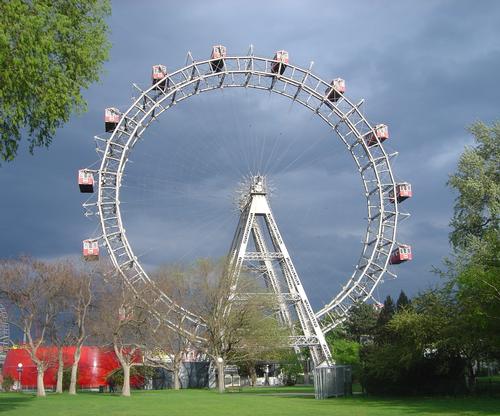 Prater ViennaPhoto: David Monniaux CC 3.0 Unported no changes made
Prater ViennaPhoto: David Monniaux CC 3.0 Unported no changes made
Tourists of all ages enjoy a day out at Prater Amusement Park, which is filled with family-friendly rides and has more than 60 different dining options. It is close to the center of Vienna, in the 2nd district close to the Danube river. Highlights include nostalgic merry-go-rounds, ghost trains and fast roller coasters. Ideal for those looking for a fast adrenaline rush. The Riesenrad is the main attraction. It was built more than 100 years ago, at the end of the 19th century. The Riesenrad takes passengers to a height of more than 65 meters, with a great view.
Vienna is also home to many historical sites related to the composer Ludwig van Beethoven. Other sights include the Danube Tower, Heldenplatz, and the Hundertwasserhaus.
Useful links Vienna
BBC Country ProfilesWorld Fact Book Explore all Countries
How to call
Last updated June 2025
Copyright: Team - The World of Info